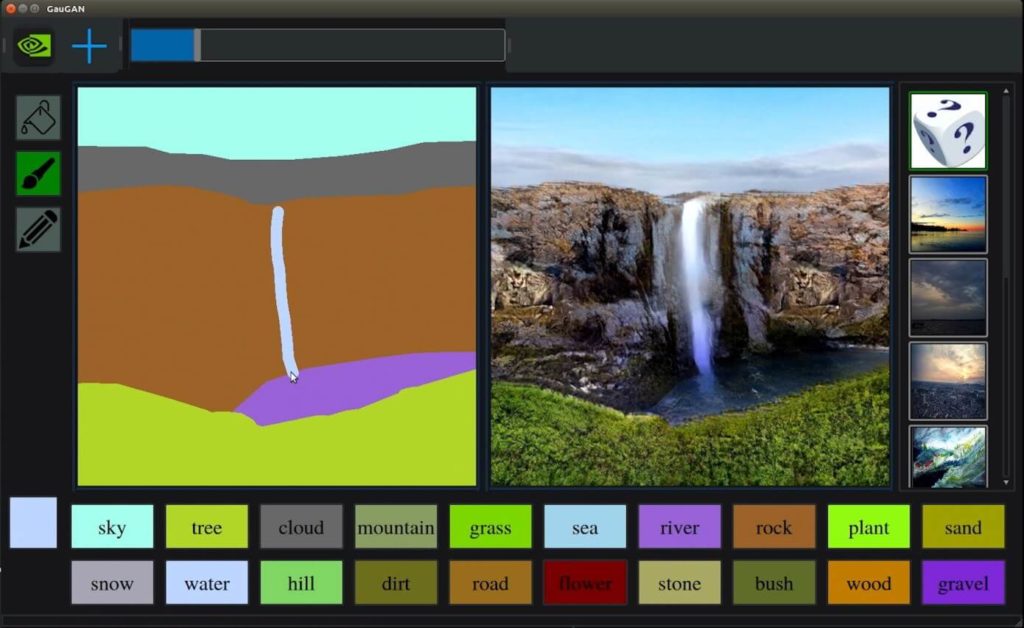For people working in creative fields in the 2020s, it’s almost hard to remember how inaccessible and incompatible software was a few short years ago. You would purchase one software program, install it onto one computer with a series of discs (which took hours), and within a year or two, you would shell out hundreds of dollars to repeat the process and upgrade obsolete programs. We all did it because it was the industry norm. In the early to mid-2010s, however, the industry shifted to subscription-based software licensing. Instead of paying north of $1000 for professional video and graphic software, it was now possible to pay a monthly fee, often less than $100, that included automatic push updates to the latest software. Arguably, no company in the creative field has perfected this business model as well as Adobe. Here are a few examples that demonstrate how they became a dominant industry leader.
Premiere, After Effects, and Audition
As digital video came into its own between the late ‘90s and early 2000s, a few major video editing software platforms emerged. Previously unimaginable tricks like the ability to export After Effects to mp4 were now commonplace. Avid is a preferred choice for newsrooms and movie studios, but most production houses, agencies, and broadcast outlets with commercial production chose either Adobe Premiere or Apple’s Final Cut Pro. Final Cut required Macs, and eventually launched the disastrous Final Cut Pro X upgrade which turned off users in scores.
At this time, Adobe Premiere, which was and still is available for PCs and Macs, stepped up with an upgrade designed to convert disgruntled Final Cut Pro users. Around the same time, Adobe prioritized integration between its products and launched its subscription-based Adobe Creative Cloud approach. The result was a revolutionary set of tools for videographers, editors, and sound professionals alike. Simply put, Premiere is an editing platform that is easy to use but still boasts tremendous post-production options from color correction to text effects. After Effects is a powerful post-production tool, allowing editors to key, composite, create 3D camera effects, and more. Audition is a leading tool for audio professionals working in radio, studio, or live recording.
Photoshop and Lightroom
Photoshop was one of Adobe’s earliest innovations, and it has spun into multiple photo-editing apps. Not only is it an intuitive program for editing and correcting photos, but also a tool to create simple graphics, or integrate them into photos. Lightroom is for the more advanced photographer or editors who want to create unique presentations based on a series of photos. It is an essential go-to program in photo studios far and wide.
Illustrator and InDesign
Graphic designers have many options to choose from in the Adobe Creative Cloud Suite. Two of the most prevalent are Illustrator and InDesign. Illustrator creates vector-based shapes, making it ideal for designing logos and design elements that can be scaled up to nearly any size without a loss of quality. InDesign works well for designers who specialize in layouts, from brochures to catalogs. This program makes it easy to divide space between elements in a visually appealing and effective way.
Stock, Fonts, and More
These programs, while being the most recognized of the Adobe Creative Cloud, are only the tip of the iceberg of what the software bundle offers. Subscribers now have access to stock images, a massive selection of font families, and sound effects. Going even further, Adobe has platforms devoted to animation, digital design, document processing, gaming capture, website creation, and even augmented reality. The best part is that all these tools “talk” with each other. The Adobe Bridge and Dynamic Link allow for seamless exports and imports between programs. A layered Photoshop file can be brought into Premiere. A Premiere Sequence can export to After Effects or Audition. The list goes on.
Adobe has become the pinnacle of cloud-based creative software by creating an easy-to-use and powerful, integrated series of programs, without high upfront costs. The Creative Cloud is a must-have for modern creative professionals!
- Using Technology to Boost Sales - June 27, 2024
- Why Your Startup Needs Insurance and How to Make It Affordable - June 3, 2024
- Feeling Marketing Burn Out? AI is the Answer - May 2, 2024



Your claim “Final Cut required Macs, and eventually launched the disastrous Final Cut Pro X upgrade which turned off users in scores.” is just SO painfully tired and ignorant. What an amazingly useless Adobe fluff piece on top of it all. Pandering to all the bullshit memes of the last ten years. Clearly without even the *slightest* expertise on the subject yourself, just a mission to pathetically brown-nose with the usual tripe.
First off FCP has ALWAYS required Macs. Er… SO? Did that somehow keep it from becoming the quasi industry standard? Oh right… IT DIDN’T. So what exactly is your random, meaningless point?
And while FCP v10 may well have been ill-received after its initial incarnation, which was all due to “missing” features, ALL were implemented within *the first six months* after the release and FCP has now grown to one of the if not THE most popular NLE in a much further reaching and diverse market than Premiere could ever dream of. But that of course did not keep the infamously WHINEY, self-proclaiming “Pros” from perpetuating the same nonsense that FCP was somehow not “pro enough” for their fragile sensitivities, practically to this day. While not in fact being able to ACTUALLY NAME a single, legitimate reason for why that supposedly is so. Can you? Of course you can’t. You’re too busy with your sad little copy/paste articles straight from Adobe’s PR playbook that we’ve seen over and over again.
And “turned off users in scores”??! 😂😂 Really? Do you mean the aforementioned self-important whiners that are stuck in all the paradigms of the ’90s? Both incapable as well as unwilling to grasp what DIGITAL means and how they’re still banking on a completely INFERIOR workflow of yesteryear? The ones that are factually IRRELEVANT in today’s video market with their, at best, one-digit percentage of said market? Ok. Well, good riddance. Don’t let your Avid hit you in the ass on the way out.
Just funny though how FCP since v10 has factually garnered MORE USERS than ANY previous version COMBINED, hm? Oops. Even RESOLVE has more users than that steaming pile Premiere, so maybe catch a clue?
But you go right on ahead peddling Adobe’s embarrassing MESS of apps that still haven’t made the technical transition into the 21st century, resulting in factually THE most pathetically SLOW and UNSTABLE apps of their kind on the market. And all that combined with the need to pay monthly RANSOM MONEY for your own intellectual property?? Wow, bravo! Now THAT’S “Pro”, eh?? Great. Let’s keep the ol’ BS Ponzi scheme alive, shall we? Good luck with that.
Oh, and I think we all know there’s no way you’ll even admit my comments. Great way to maintain one’s delusional, warm and fuzzy solipsism and pretend everyone agrees, right? 👍🏼
You clearly have a passionate opinion. I am not sure why you think I would not allow you to share it. I don’t really use or care about either of these programs.
You note that FCP since v10 has amassed more users than all (you said “any” but that doesn’t make sense) previous versions combined. That sounds impressive, but it is a relative statistic. If all previous versions had a combined total of 17 users, and FCP v10 got 20, your statement would be correct and yet it is a meaningless number. I looked briefly, but was unable to find a relevant market share comparison of the two or total user numbers for either program. If you have data that compares the total users for both, that would be helpful for the claim you’re making.
Both programs seem quite capable. Looking at some other comparisons (https://www.studiobinder.com/blog/final-cut-pro-vs-premiere-pro-comparison/) it seems a bit like a standard Windows vs. Mac, iOS vs. Android, PS5 vs. Xbox type debate–where neither is a clear winner and the “deciding” factors tend to be purely subjective.
Looking at the world as a whole, though, I don’t see how FCP can compete with Premiere as long as it is only available on macOS. Windows has nearly 90% market share. macOS has less than 10%. Premiere is available on both platforms–making it an option for nearly 100% of users, while FCP only works for 9.54% of the world.